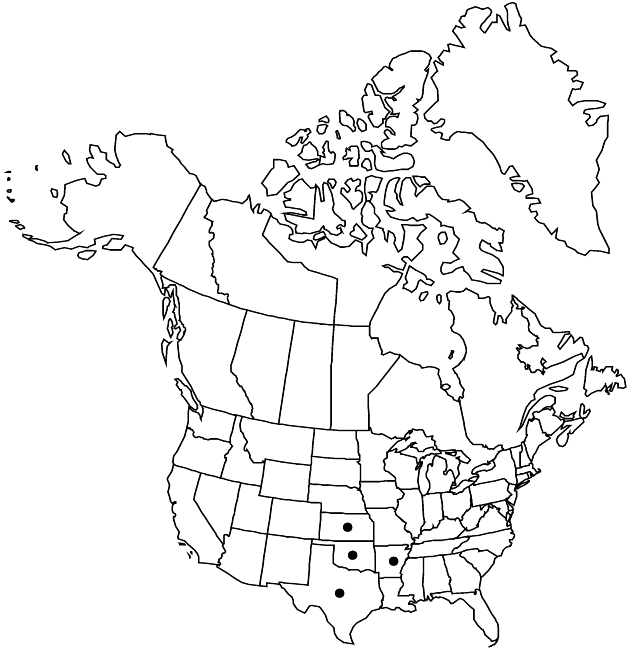Croptilon hookerianum
Bull. New York State Mus. Nat. Hist. 223: 61. 1921.
Stems erect, 20–80(–120) cm. Cauline leaf blades lanceolate to linear, reduced distally (becoming bractlike near heads), margins usually serrate apically, rarely entire. Peduncles stipitate-glandular, sometimes hispid as well. Involucres campanulate, (3.5–)5–8(–10) mm diam. Ray florets (10–)13–21(–29); corolla laminae 6–12 mm. Disc florets (20–)33–70(–108). 2n = 10, 12, 14.
Distribution

Ark., Kans., Okla., Tex.
Discussion
Varieties 3 (3 in the flora).
Morphologic differences among the three varieties are slight and they form a closely coherent group within the genus; corresponding differences in geography, habitat, and chromosome number provide a rationale for maintaining the taxonomic and nomenclatural distinctions. B. L. Turner et al. (2003, vol. 1) treated var. hookerianum as including var. graniticum. B chromosomes sometimes are present and appear to increase the number by a pair (E. B. Smith 1966).
Selected References
None.
Lower Taxa
Key
| 1 | Peduncles long-stipitate-glandular (longest hairs 0.4–0.5 mm, including gland), often slightly hispid proximal to heads; ray laminae 1–2.5 mm wide | Croptilon hookerianum var. validum |
| 1 | Peduncles short-stipitate-glandular (longest hairs 0.2–0.3 mm, including gland), never hispid; ray laminae (1.2–)2–3(–4) mm wide | > 2 |
| 2 | Peduncles densely stipitate-glandular; ray laminae 1.2–2.2 mm wide; sandy habitats | Croptilon hookerianum var. hookerianum |
| 2 | Peduncles sparsely stipitate-glandular; ray laminae (1.5–)2–3(–4) mm wide; granitic habitats | Croptilon hookerianum var. graniticum |